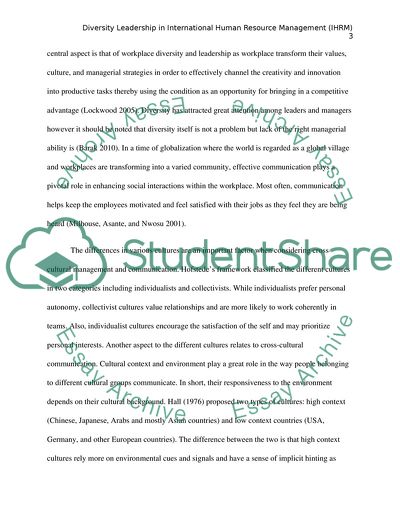Cite this document
(Diversity Leadership in International Human Resource Management (IHRM) Essay, n.d.)
Diversity Leadership in International Human Resource Management (IHRM) Essay. https://studentshare.org/human-resources/1806740-diversity-leadership-in-international-human-resource-management-ihrm
Diversity Leadership in International Human Resource Management (IHRM) Essay. https://studentshare.org/human-resources/1806740-diversity-leadership-in-international-human-resource-management-ihrm
(Diversity Leadership in International Human Resource Management (IHRM) Essay)
Diversity Leadership in International Human Resource Management (IHRM) Essay. https://studentshare.org/human-resources/1806740-diversity-leadership-in-international-human-resource-management-ihrm.
Diversity Leadership in International Human Resource Management (IHRM) Essay. https://studentshare.org/human-resources/1806740-diversity-leadership-in-international-human-resource-management-ihrm.
“Diversity Leadership in International Human Resource Management (IHRM) Essay”. https://studentshare.org/human-resources/1806740-diversity-leadership-in-international-human-resource-management-ihrm.


